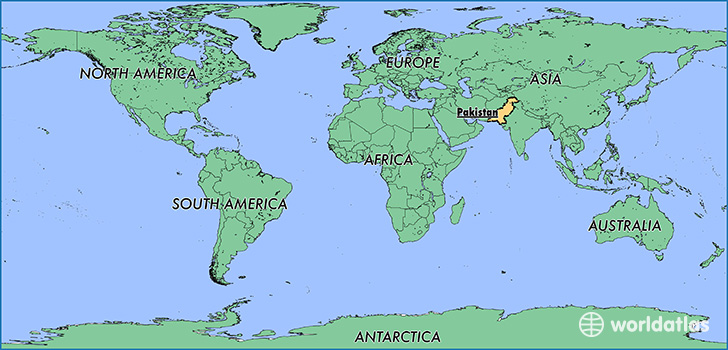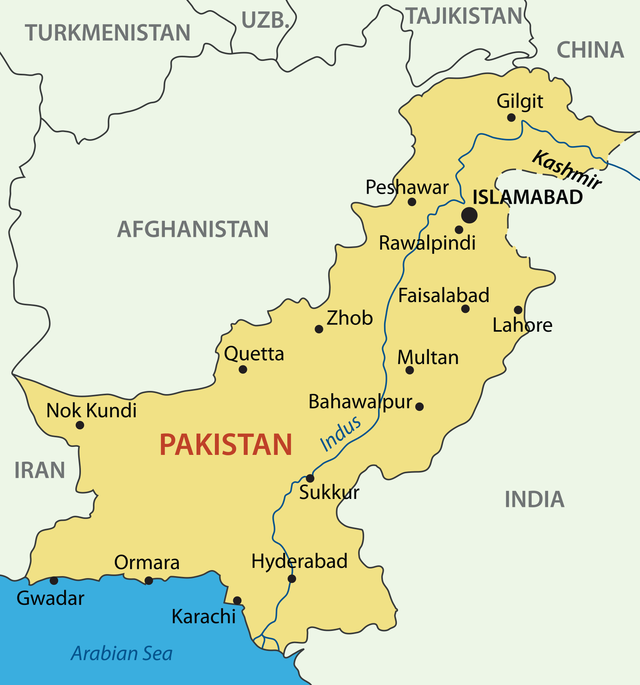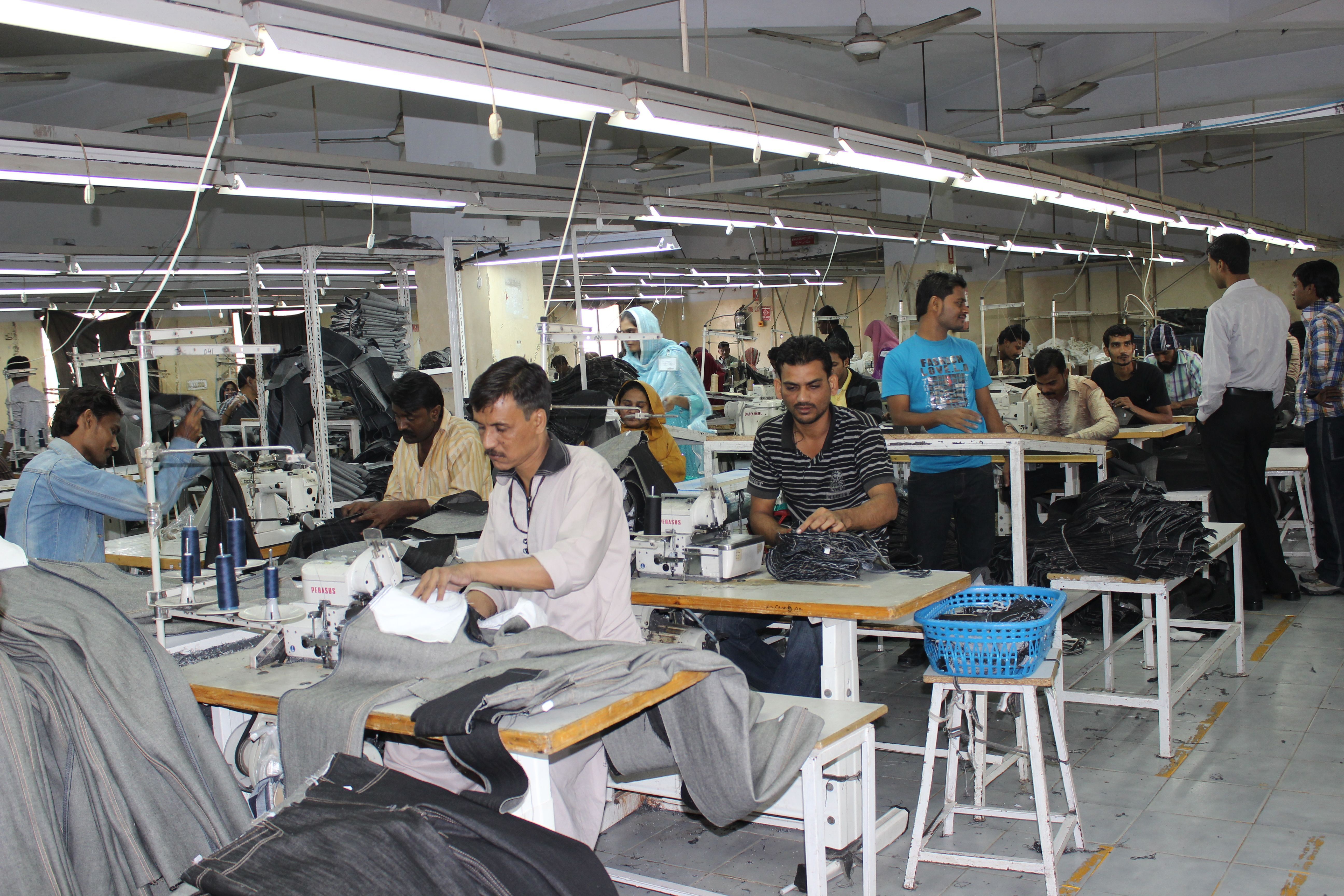Pakistan ICT and Internet Economy Report (Part 01/09)
Over the past few decades, Information and Communication Technologies (ICT) have contributed to the economic, political and cultural development of countries all over the world. The emergence of telephones, computers and especially the Internet have supported individuals and organizations in many countries to improve their professional activities, set up new businesses, create new markets and new opportunities and to improve the Gross Domestic Product (GDP) of their countries. Businesses were not the only ones that benefited from the ICT revolution of the late 20th and early 21st century.
Government agencies were also able to improve their communication and service offers through ICT. One of the greatest beneficiaries of the ICT revolution included Internet users from all over the world, who were enabled to learn about cultural phenomena in parts of the world they had hardly thought about before. Many of the developments in the ICT revolution experienced significant support from the users and organizations involved. However, there were also challenges to be taken in many countries especially when public authorities or parts of the population saw their own traditional influence decline, as this is a process of resistance that is very common and can be observed over centuries in the history of mankind.

Pakistan is one of the countries in the world where ICT and especially the Internet brought positive economic change to a place in which authorities and parts of the population are still in need of understanding and accepting the rapid changes modern technologies are creating. It is also one of the countries where information technology has significantly improved the living conditions of mostly educated middle-class citizens while low-income workers are still living under the poverty line. The region of Punjab is a good example of this contrast. With more than half of the country's population of roughly 200 million people, it is home to both a huge traditional agricultural sector and impoverished land workers. At the same time, Punjab is also home to a growing IT sector with mobile technology quickly growing more and more prevalent and dozens of Internet startups that are being created every month. This phenomenon is not unique to Pakistan and can be observed in many countries of the world where traditional economic and political conditions met sudden and rapid appearance and dissemination of information technologies over the past years.
The following paragraphs and future postings will focus on Pakistan's ICT and Internet development history and its challenges since the early 1990s. The country has witnessed exponential growth in all of its relevant IT sectors. The mobile industry and the Internet startup community have shown the large potential that Asia's fourth most populated country has to offer.

An overview of Pakistan's 20th-century economic environment
Pakistan is one of South Asia’s most prominent countries. Since its inception, the country has seen many ups and downs in its economic growth. Due to prominent political conflicts in the emergence of the country, its development has been a roller coaster ride. Having a diverse economy that includes textiles, chemicals, agriculture, food and many other small scale industries it’s evident that the economic situation of the country is prone to drastic changes.
When the country came into being on August 14, 1947, it was in an unstable condition. From political systems to the administration, everything was in a complicated situation of development. Lack of personnel, poorly organized institutions, and undermined resources were the major reasons behind such a state. The mess that was created from the partition and migration during the process of independence was difficult to handle for the authorities. However, even in such times, the country managed to steadily grow and went off on a very strong start in a short amount of time.
In terms of average economic growth, Pakistan has performed better than many other countries soon after its beginning. The country experienced an economic rise during the 1960s, 1970s, 1980s fluctuating between two and ten percent of annual GDP growth, before experiencing a weaker performance and economical problems in the 1990s until the beginning of the technological revolution around the year 2000.
Pakistan’s economic progression was acknowledged globally in the post-1960s era, and its growth was idealized as a model for economic development. During this time, the government took drastic steps to develop and stimulate favorable conditions for the private sector. One of these steps was creating more opportunities for investments.
After some time of independence, food, agriculture and social development were listed as major priorities in order to help build a stable economic system. The initial caretakers of the country founded the Economic Coordination Committee to create a sustainable basis and economic model on which the country could run its operations, personnel, and administration.
One of the many reasons that the country’s economy has received global recognition is because of its agricultural sector. This sector has been the most fruitful to the country’s economy as the total cultivation area constituted 25% of the land. Sugarcane, cotton, rice, and wheat are Pakistan’s major agricultural commodities. In 2015, the country has been able to produce 47 to 64 million tons of wheat. Today, the biggest chunk of the country's population depends upon its agriculture sector which constitutes 24% of the whole GDP of the country. The majority of the labor force serves the agriculture sector which demonstrates the importance of this area for the income of lower middle class families. The large amount of production in the agricultural industry has consistently played a significant role in Pakistan’s overall economic reform.

On the other hand, it is not fair to judge the economic prosperity of a country on the basis of progress of a single sector. Pakistan’s industrial sector has been an equal contributor in the economic uplift of the country throughout the years after independence. Much of the economic improvements were made as soon as the doors opened for the reformation of the industrial sector. The economic growth of Pakistan’s industrial sector made a significant impact on overall productivity of the country by providing employment opportunities to a large number of people. The need to depend upon the agricultural sector was reduced by the development of the industrial sector. Textile, sports, sugar, cement, fashion, defense, oil and gas, surgical, telecom, chemical and fertilizer industries constitute Pakistan’s industrial sector. 24% of the whole GDP of the country comes from this particular sector, making it the second biggest sector in the country's economy.

Large, medium and small scale industries are a part of it. Industrialization of Pakistan was made possible by strengthening the working middle-class and businessmen at the same time. Industrialization increased opportunities for the large numbers of people who were looking for a skilled job in order to improve their living conditions.

Pakistan has both an exceptional textile and information technology industry. The boost of the IT industry occurred after the year 2000, especially in the post-2010 era. From software production to export to foreign markets and from building small-scale IT companies to automating as much as possible, technology has created dynamic change for the economic situation of the country.
In the past few years, the substantial growth in the industrial sector of Pakistan has made foreign investments more possible, leading to an increase in exports on a large scale as well as employment opportunities. It has certainly directly contributed to the output and increased the standard of living, bringing economic improvements to the country.
Pakistan's service industry has also served as a backbone for the economy. Observing the level of diversification in this sector, it can easily be determined that the overall growth rate of the service industry is greater than the agricultural and industrial sector together. The service industry constitutes around 54% to Pakistan's GDP making it the largest contributor to the economy with industrial being the second one and agriculture being the last. Transportation, communication, wholesale, retail, fast food franchise, restaurants, financial institutions, entertainment, public administration and social community are some of the crucial service sectors in the country.
Due to the flexible policies of the State Bank of Pakistan, the functioning of financial institutions has improved and has added significantly to the growth rate of the service sector and the social welfare sector. Financial institutions also serve as an important source of tax revenues compared to other sectors which contribute with significantly lower amounts.
Coming next: The Big Four of Pakistani Telecommunication
Resteemed by @resteembot! Good Luck!
The resteem was payed by @greetbot
Curious?
The @resteembot's introduction post
Get more from @resteembot with the #resteembotsentme initiative
Check out the great posts I already resteemed.
Hi. I am @greetbot - a bot that uses AI to look for newbies who write good content.

I found your post and decided to help you get noticed.
I will pay a resteeming service to resteem your post,
and I'll give you my stamp of automatic approval!
@originalworks
The @OriginalWorks bot has determined this post by @tectum to be original material and upvoted it!
To call @OriginalWorks, simply reply to any post with @originalworks or !originalworks in your message!